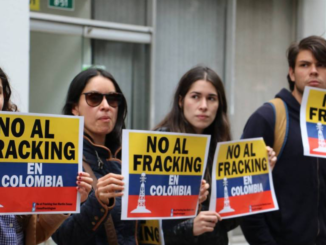
Colombia: Extractivist Pax vs. Peace with Social and Environmental Justice
The conflict between the extractivist pax and peace with social and environmental justice is sharp. […]

The conflict between the extractivist pax and peace with social and environmental justice is sharp. […]
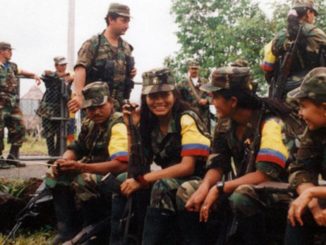
For the FARC’s Insurgent Feminism, fighting for gender equality goes beyond creating progressive laws that encourage women to study, own land, or control their own finances. It also means fighting the capitalist system. […]
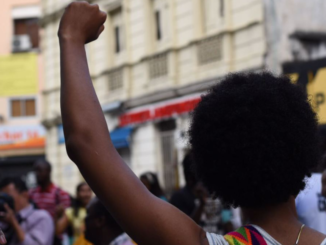
How organizers in Colombia’s biggest port city shut it down for 22 days, winning major concessions from the national government. […]
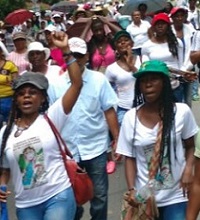
Over the past week, hundreds of black women from the region of Northern Cauca, in southwestern Colombia have been participating in the National Inter-Ethnic Agrarian Protest. For the sisters of the Black Women’s Mobilization for the Care of Life and the Ancestral Territories their decision to participate in the national protest was an act of Revolutionary Mothering.
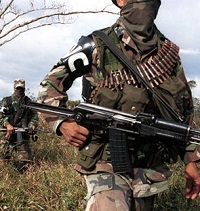
This February 4, celebrating the “historic collaboration” between the United States and Colombia, current Colombian president Juan Manuel Santos visited the White House to meet with President Barack Obama as they commemorate the fifteen-year anniversary of Plan Colombia. Signed in 2000 under U.S. President Bill Clinton and Colombian President Andrés Pastrana, Plan Colombia was a $1.3 billion initiative to support the Colombian government’s counterinsurgency and counternarcotics efforts.
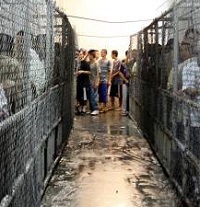
The campaign to shut down Colombia’s infamous La Tramacua prison, located in the country’s sweltering Caribbean region and often referred to as the “Guantanamo of Colombia,” could be on the verge of a major breakthrough. Built in the year 2000, with U.S. Federal Bureau of Prisons and USAID funding, as part of the penitentiary restructuring component of Plan Colombia, La Tramacua is a veritable house of horrors.
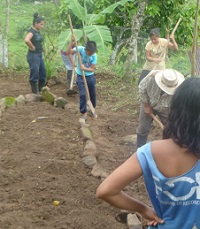
The history of the Peace Community in San Jose de Apartado, Colombia illustrates the awareness for the need of food sovereignty that farmers have strengthened through the armed conflict. They progressively realized that independence from the armed actors also meant the independence of their food supply.
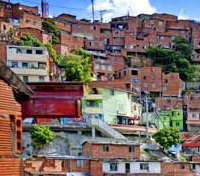
A huge amphitheater bordered by mountains. Below, in the depths of the valley crossed by the Medellin River, buildings signal the city center, highways full of cars, and as your gaze ascends the slopes, thousands of huddled houses hanging from cliffs, ravines, and gorges. Waves of migrants have tamed the hillsides, making them into a kind of vertical city.
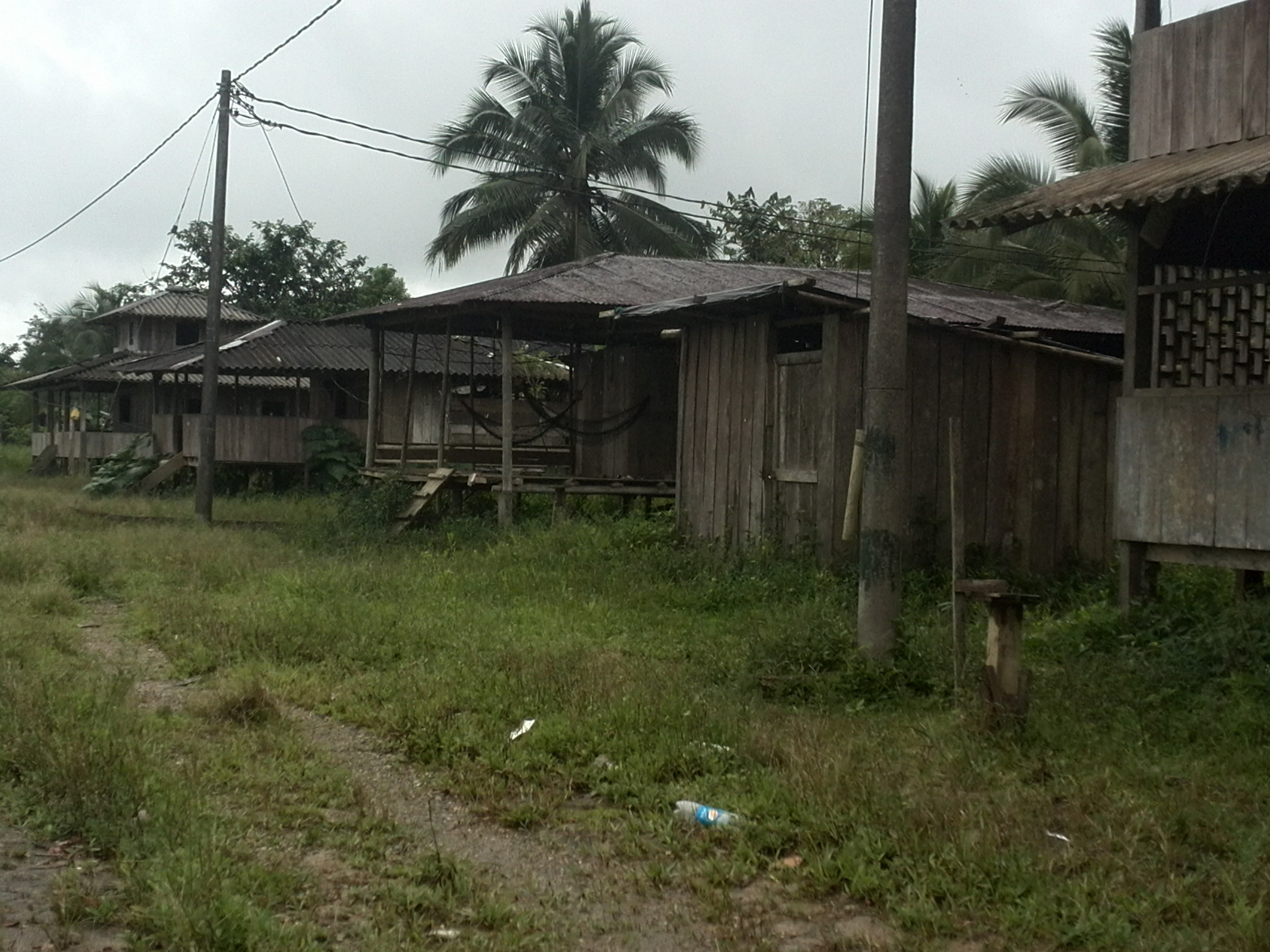
The indigenous Wounaan people are some of the latest to feel the effects of the displacement that characterizes Colombia’s armed conflict.
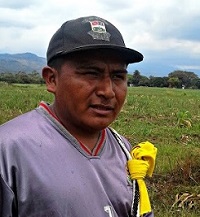
An intense struggle for dignity and the right to land is being waged right now in the green mountains of south western Colombia, and chances are, you haven´t heard of it. […]
Copyright 2003-2018 Upside Down World